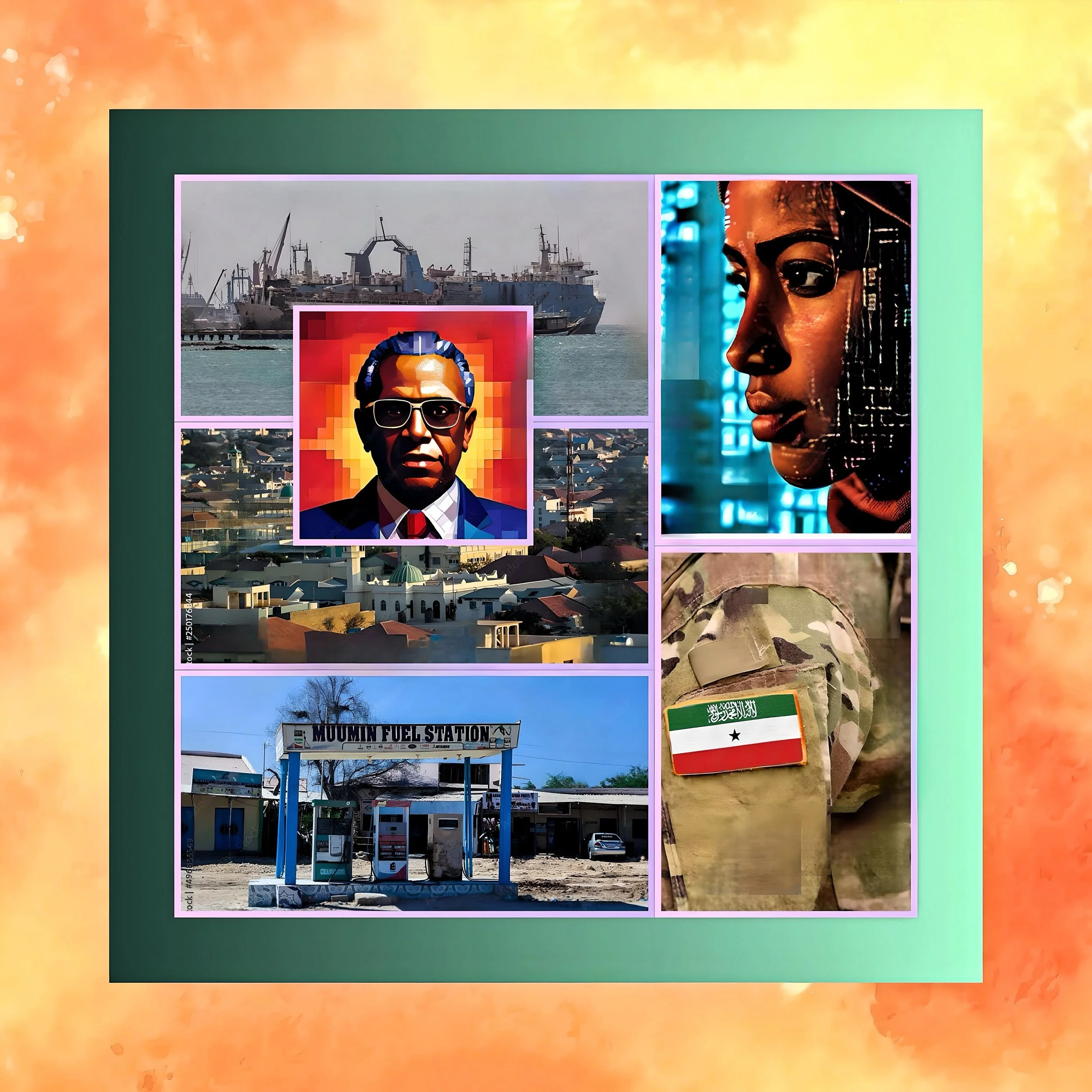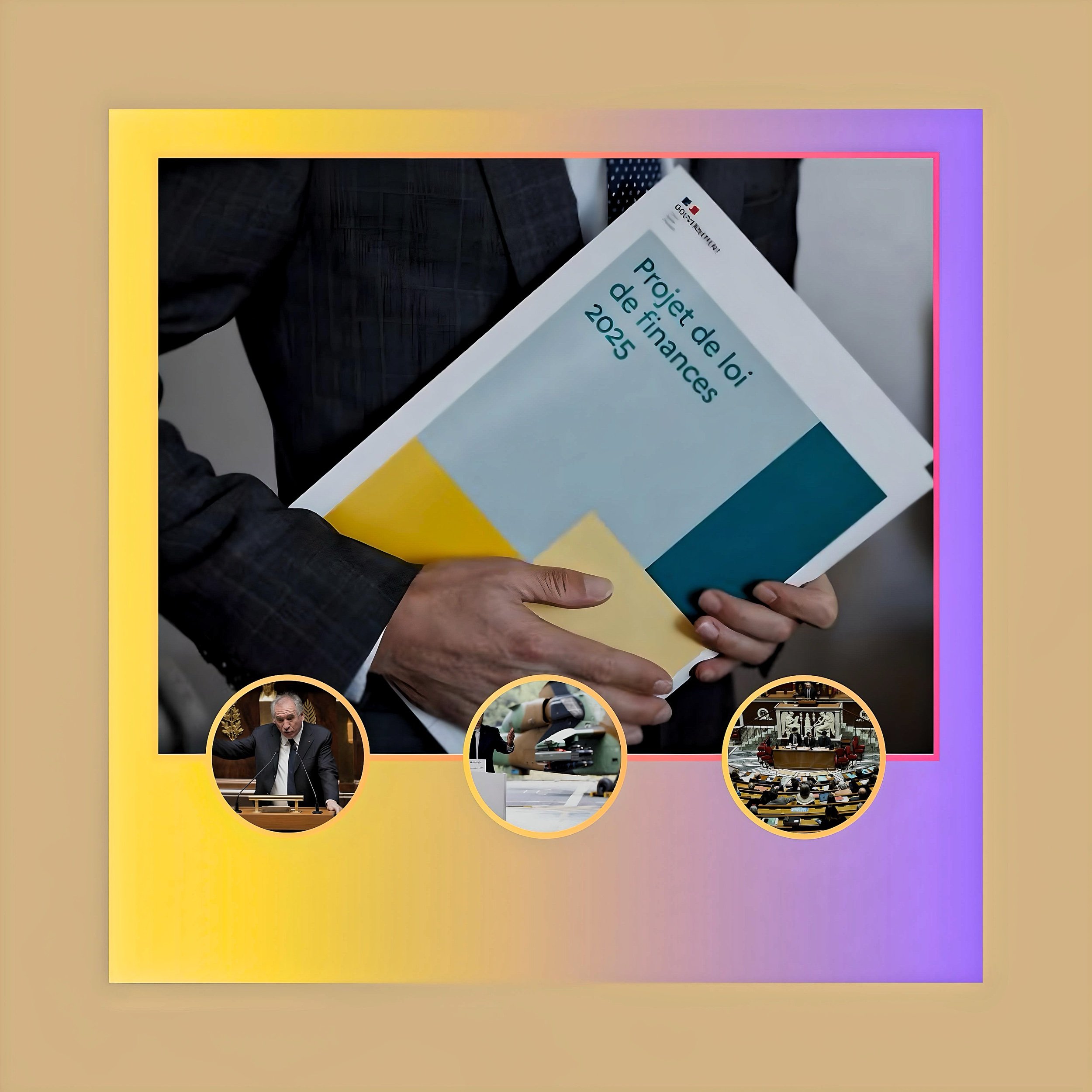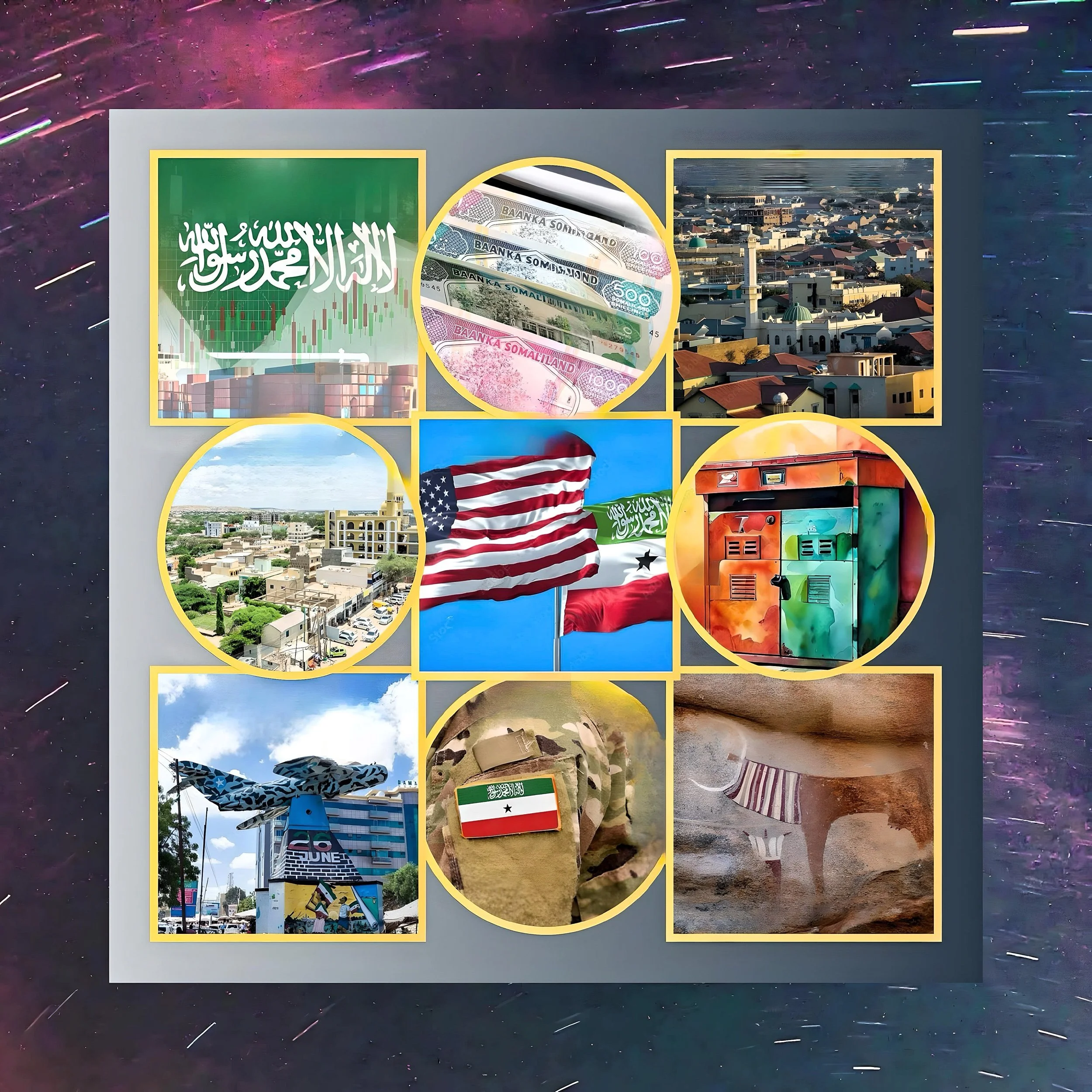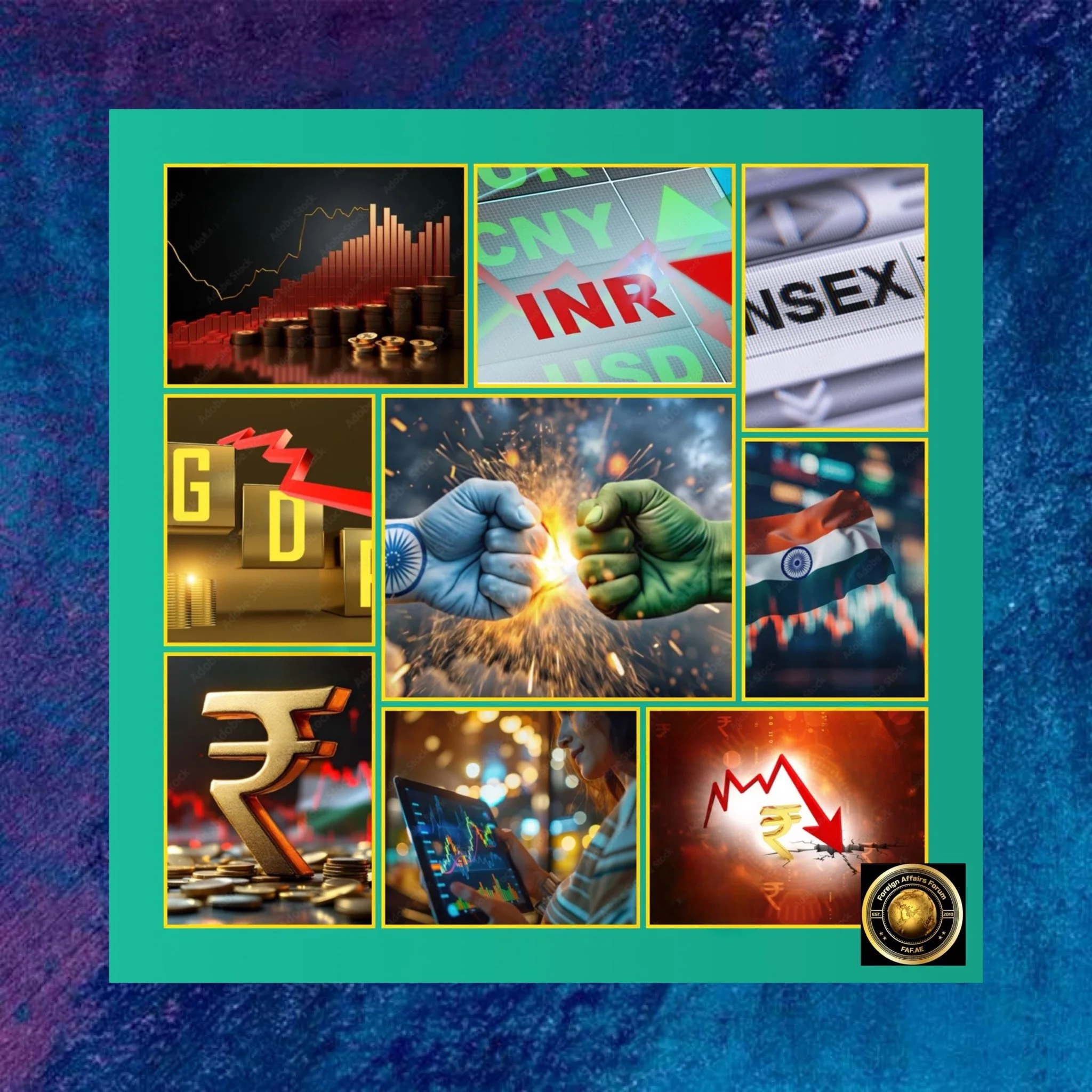Economic Status of Somaliland: An Analysis of GDP, Expenditure, and Revenue
Introduction
Somaliland, a self-declared independent state in the Horn of Africa, has developed a distinct economic profile despite its lack of international recognition.
This article analyzes its current economic standing, focusing on GDP composition, revenue generation, and expenditure patterns, drawing on budgetary documents, World Bank data, and regional analyses.
GDP Composition and Economic Growth
Macroeconomic Overview
Somaliland’s economy remains heavily reliant on primary sectors, with livestock exports accounting for ~70% of export earnings.
While official GDP figures are contested due to limited international recognition, recent estimates suggest a nominal GDP of $7.58 billion in 2024, with a per capita GDP of $1,361.
This represents a modest increase from 2020 levels ($2.93 billion), driven by post-drought recovery in agriculture and investments in port infrastructure.
The economy grew at an estimated 3.7% in 2024, with projections of 3.9% growth in 2025. Key drivers include:
Livestock rebound
Improved rainfall revived herds after severe droughts in 2021–2022.
Port of Berbera expansion
A $450 million UAE-Ethiopia joint venture enhanced trade capacity, boosting customs revenue by 21% since 2021.
Remittance inflows
Diaspora contributions stabilized at ~$1.5 billion annually, constituting 40% of household incomes.
Revenue Structure: Domestic Mobilization Challenges
Tax and Non-Tax Revenue
Somaliland’s 2025 budget totals 3.89 trillion SL Shillings ($389.4 million), a 14.8% nominal increase from 2020. Revenue streams remain concentrated:
Customs Duties
76% of domestic revenue ($193.2 million in 2021), dominated by the Berbera Port (66.4% of customs income).
Sales and Goods Taxes
17% from domestic consumption taxes.
Non-Tax Revenue
Port fees, property taxes, and levies contribute 6%.
Structural Weaknesses
Over-reliance on imports: 90% of goods are imported, exposing revenue to global trade shocks.
Limited formal sector
Only 18% of revenue comes from inland taxes, reflecting underdeveloped income/profit tax systems.
Donor dependence
External grants fund 6% of budgets but remain volatile due to political non-recognition.
Expenditure Allocations
Recurrent vs. Development Spending
2025 Budget Breakdown
Somaliland’s expenditure prioritizes operational costs over development (Figure 1):
Payroll
58% ($226 million) for military and civil servant salaries.
Operational Costs
19% ($74 million) for utilities, travel, and maintenance.
Development Projects
23% ($89.6 million), focusing on road repairs and education infrastructure.
Historical Trends
Salaries: Increased from 51.6% of expenditure in 2021 to 58% in 2025, reflecting public sector expansion.
Debt Repayment
Reduced from 3.6% (2021) to 0.24% (2025) after debt relief initiatives.
Capital Expenditure
Fell from 5.2% (2021) to 3.07% (2025), criticized as insufficient for infrastructure needs.
Fiscal Deficits and Financing
Budgetary Gaps
Despite revenue growth, Somaliland faces persistent deficits:
2021 Deficit
$97.3 million (3.4% of GDP).
2025 Projection
$7.7 million (0.3% of GDP), financed by central bank advances and fiscal buffers.
Constraints on Financing
No access to IMF/World Bank loans: Due to non-recognition, limiting deficit coverage options.
Domestic borrowing: Restricted to short-term treasury bills, creating liquidity risks.
Sectoral Analysis
Agriculture and Livestock
Contributes 60% of GDP, with 2024 exports rebounding to pre-drought levels of 5 million livestock units.
Climate vulnerabilities persist: 2023 floods caused $12 million in crop losses.
Services and Trade
Port of Berbera
Handled 1.2 million tons of cargo in 2024, a 30% YoY increase.
Telecoms
Hormuud and Telesom dominate a $240 million market, with mobile penetration at 75%.
Manufacturing
Limited to agro-processing (dairy, hides) and construction materials, contributing 8% of GDP.
Recent Economic Developments
Ethiopia Port Deal (2024)
A 50-year lease granting Ethiopia naval and commercial access to Berbera in exchange for recognition pledges and Ethiopian Airlines equity. Expected to inject $200 million annually into Somaliland’s economy by 2026.
Currency Reform
Phasing out counterfeit Somali shillings and USD reliance by introducing new Somaliland shillings, targeting 2026 completion.
East African Community (EAC) Trade
Somalia’s 2023 EAC accession indirectly benefits Somaliland through cross-border livestock trade, projected to grow by 15% in 2025.
Challenges and Risks
Political Non-Recognition
Blocks FDI and multilateral aid, costing an estimated $1.2 billion annually in lost investments.
Youth Unemployment
30% rate among 18–35-year-olds, driving migration to Europe.
Inflation
Averaged 5.7% in 2024 due to imported food/fuel price shocks.
Climate Vulnerability
Recurrent droughts threaten 65% of the population reliant on pastoralism.
Conclusion
Somaliland’s economy demonstrates resilience through organic growth in trade and remittances, yet structural constraints—notably excessive recurrent spending and reliance on customs—hinder transformative development.
The 2025 budget’s 23% allocation to capital projects remains inadequate for infrastructure gaps, risking prolonged dependency on primary sectors.
Strategic priorities should include diversifying revenue through property taxes, expanding the Berbera economic corridor, and leveraging diaspora bonds for development financing.
International engagement, even without formal recognition, could unlock critical investments in energy and education to sustain growth above 4% post-2025.







